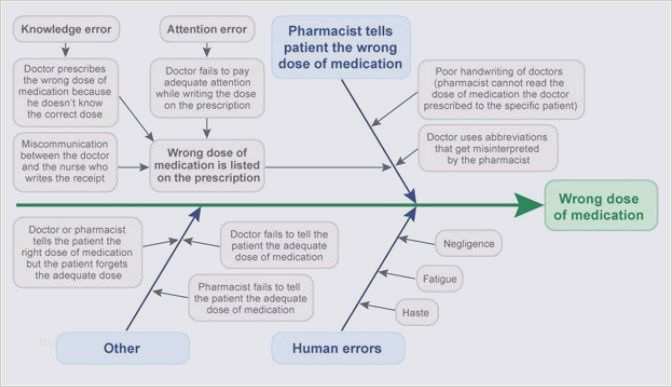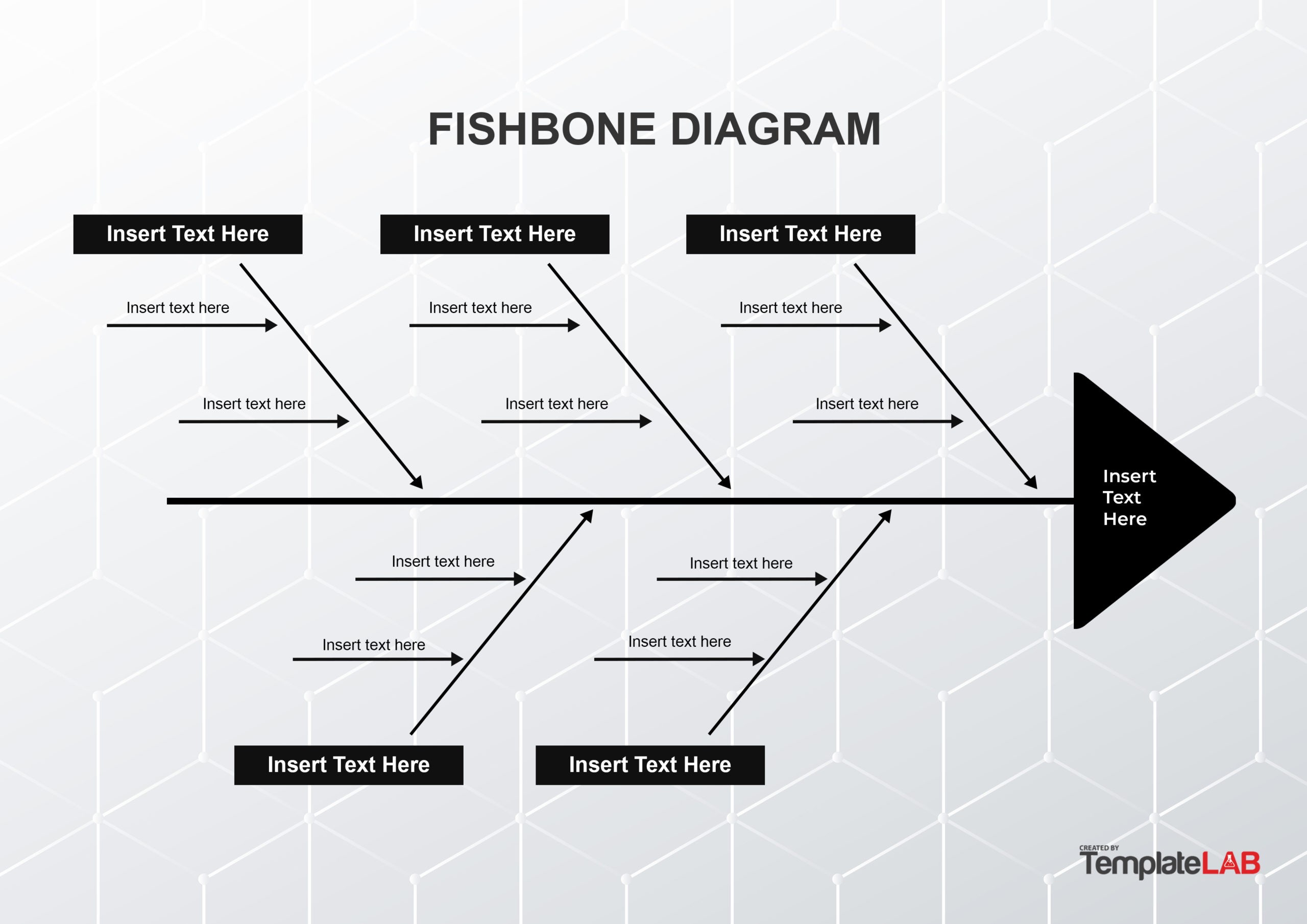
We tend to keep to established categories of causes, which is not always the best, and as a result, we occasionally forget that the cause and effect diagram is a flexible tool.
Exteriors: We inspect the doors, trunk, and mirrors. Interiors: Minor causes like air bags, horns, seat belts, etc. Headlights, tires, and shock absorbers, etc. Chassis: Consider the insignificant sources of this component:. The engine: spark plug, injector, sensor, gearbox, and other minor causes will be taken into consideration. When the main issue (the fish’s head) can be broken down into many root reasons that are closely tied to its nature, the main thorns become subcomponents of the main issue, which is highly helpful.Ĭonsider an automobile-related issue as an illustration the main challenges will be related to the various car components: In other words, we create the primary fishbone using the steps or sequence of the process that is being analyzed.īeing clear about the process flow in terms of stages, activities, and tasks is a good approach. In this instance, the process flow is used to create the fishbone. Mother nature factors such as light, heating, noise, snow, and corporate culture and climate are taken into consideration. Mother Nature: The circumstances and surroundings in which you work are referred to as the mother nature or environment. Suppliers, variations in material properties and standards, material compliance, workability, etc. Materials: Materials used to create the final product as well as those utilized to clean the bathrooms are all subject to evaluation by the company. For instance, comparing the performance of two sales groups based on the quantity of things sold and the quantity of sales achieved is not the ideal course of action. Measurement: This is the umbrella term that encompasses all that we do in relation to inspection, including the many measures we use, quality control, calibration, sample size, measurement error, etc. Simply put, it’s how we make things without regard to the workers involved. 
The plant locations where we use a line production sequence and those that use a U-shaped sequence are distinct. Does the noise resemble labor? Yes, but let’s examine the distinction. As a result, we strive to identify the flaw in our techniques that is the root of the issue. Therefore, when we analyze methods, we are assessing whether the way we design the activities is yielding outcomes. Frequently asked questions include: Does it have the capacity to carry out its function? How productive is it? How is it dealt with? Exist spare parts? Is maintenance up to code? Is the most recent version available? Hardware, software, production equipment, forklifts, etc. It is to discuss all the resources available to us for creating the finished product. Machinery: Infrastructure is discussed when talking about machinery.Independent of the issue, common queries include: Is the labor force trained? Is the appropriate staff chosen for the position? Are the employees driven and eager to work? Does the employee demonstrate skill in his work? Manpower: We take into account all factors relating to people, employees, and labor.

In fact, there are individuals who believe that talking about Ishikawa is equivalent to talking about the 6m and that there is life beyond the 6m, which in my opinion constitutes a failure in teaching and a waste of the Fishbone’s potential.

The process of creating a Fishbone diagram most frequently goes like this. However, we have the following graphics based on how we create a fishbone. We cannot claim that there are different kinds of Ishikawa diagrams there is only one sort of Ishikawa diagram.
The shape of the diagram allows you to classify the causes in different ways, as we will see in the types of cause-effect diagrams, thus avoiding making mistakes by focusing on a single type of problem. For example, you can work on a board with the Fishbone drawn on it and the members can place post-its. Being based on the representation of a Fishbone, it facilitates teamwork. The shape of the diagram invites you to look for the causes underneath the causes, allowing you to go beyond the primary and secondary causes. There are many disciplines that practice it, because they find several benefits, among them: 
The Cause – Effect diagram is perhaps one of the best known tools for the analysis of problems and their causes in order to propose possible solutions.








 0 kommentar(er)
0 kommentar(er)
